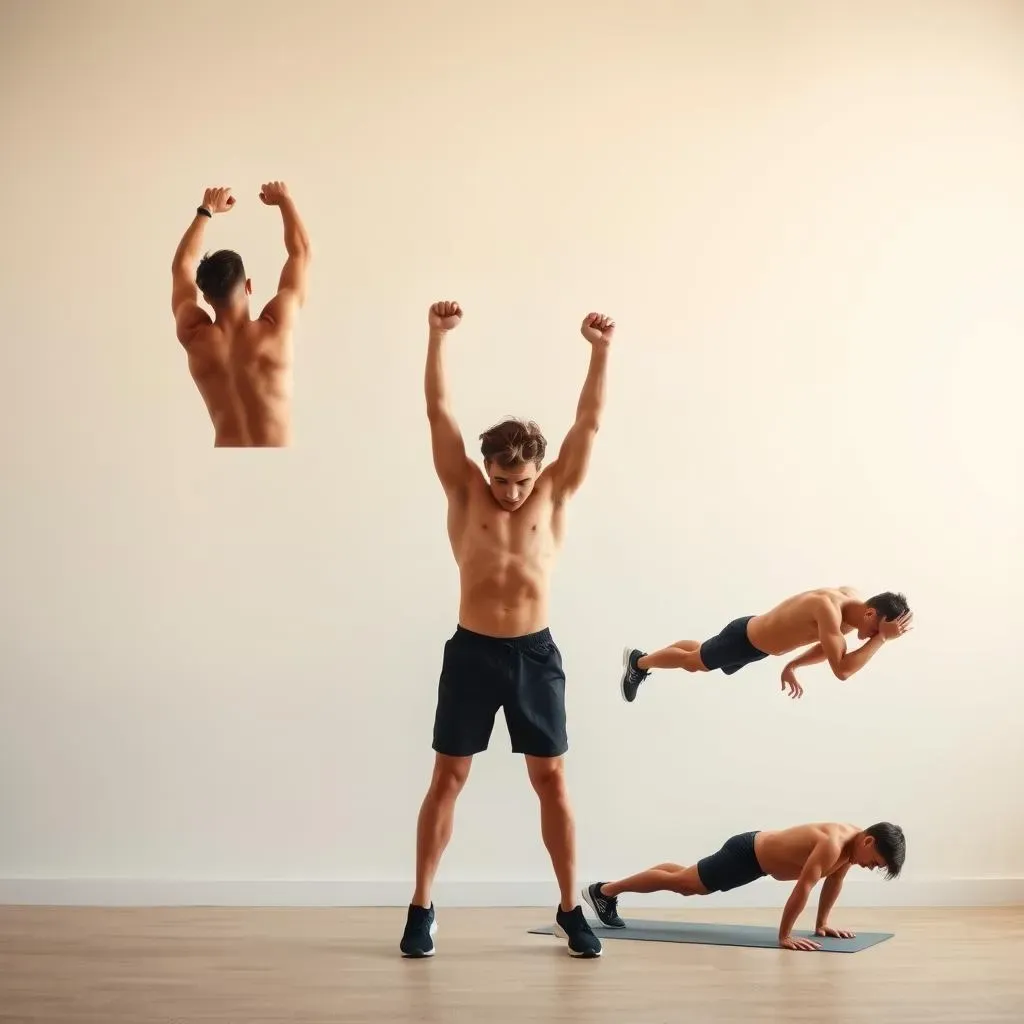Table of Contents
Welcome to the world of home calisthenics, where you can achieve a strong, lean, and healthy body without the need for expensive gym memberships or equipment. Calisthenics, which has gained immense popularity on social media platforms like TikTok with over 18.5 billion views, is a form of exercise that utilizes your body weight as resistance to build strength, endurance, and flexibility. Home calisthenics offers numerous benefits, including improved coordination, boosted metabolism, and enhanced overall fitness. Whether you're a beginner or an experienced athlete, home calisthenics provides a convenient and accessible way to work out from the comfort of your own home. In this article, we will delve into the world of home calisthenics, exploring its benefits, providing tips for getting started, and outlining effective exercises for a full-body workout. By the end of this comprehensive guide, you'll be equipped with the knowledge and motivation to unlock the power of home calisthenics and embark on your fitness journey.
Benefits of Home Calisthenics: Why You Should Start Today
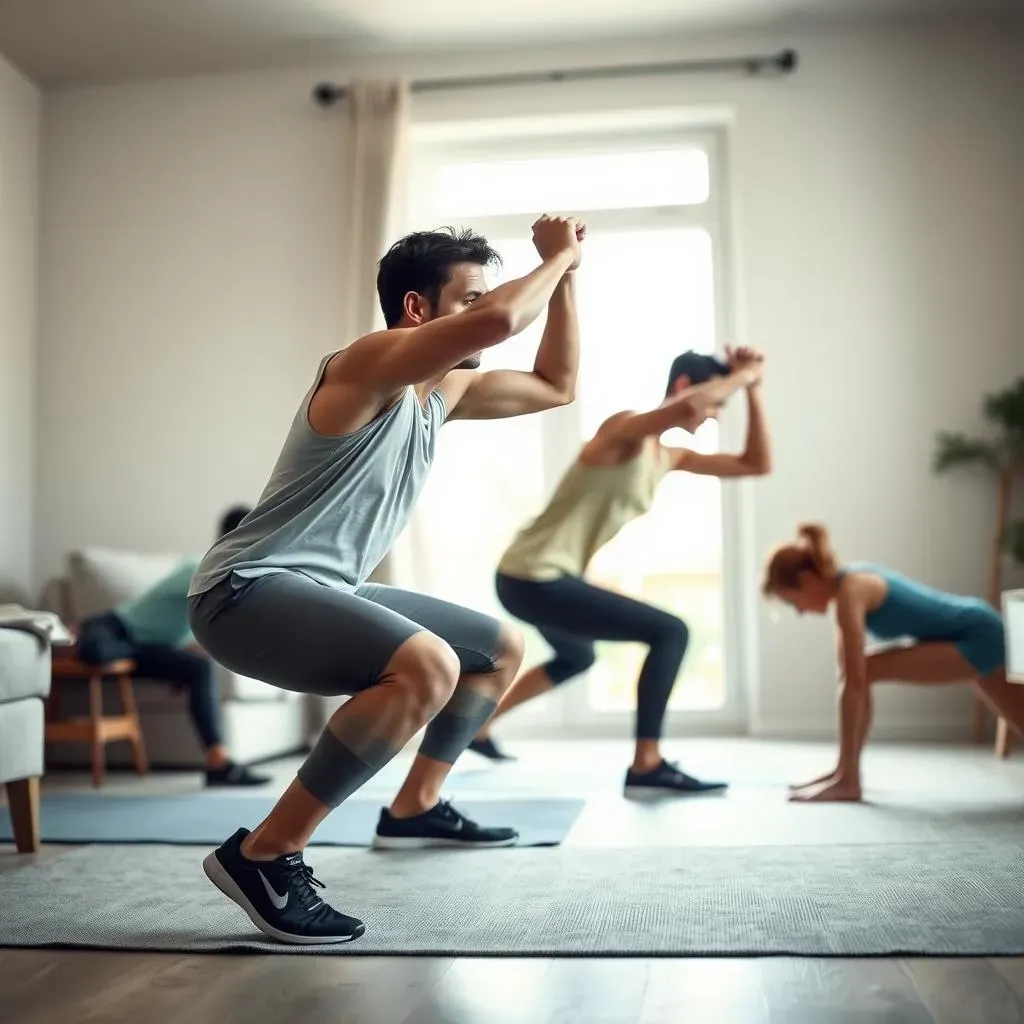
Benefits of Home Calisthenics: Why You Should Start Today
Introduction to the Benefits
Home calisthenics is more than just a form of exercise; it's a lifestyle choice that offers a wide range of benefits for the body, mind, and spirit. By incorporating calisthenics into your daily routine, you can experience significant improvements in your overall health and fitness. One of the most significant advantages of home calisthenics is its convenience. Without the need for expensive gym memberships or specialized equipment, you can work out from the comfort of your own home, at any time that suits you. This makes it easier to stick to your fitness goals, even with a busy schedule.
Another benefit of home calisthenics is its ability to improve coordination and balance. Through exercises like squats, lunges, and planks, you can strengthen your core and enhance your overall physical stability. Calisthenics also boosts metabolism, which can aid in weight loss and help you maintain a healthy weight. Furthermore, the high-intensity workouts involved in calisthenics can increase your endurance and leave you feeling more energized throughout the day.
Benefit | Description | Results |
|---|---|---|
Improved Coordination | Enhanced balance and stability | Better overall physical stability |
Boosted Metabolism | Aid in weight loss and maintenance | Healthy weight and increased energy |
Increased Endurance | High-intensity workouts | Improved physical and mental stamina |
Physical and Mental Health Benefits
Home calisthenics not only transforms your body but also has a profound impact on your mental health. The physical activity stimulates the release of endorphins, which are natural mood-boosters that can help alleviate stress and anxiety. Additionally, the sense of accomplishment that comes with mastering new calisthenics exercises can significantly enhance your self-confidence and overall well-being.
Calisthenics is a versatile form of exercise that can be modified to suit different fitness levels and goals. Whether you're a beginner looking to improve your overall fitness or an advanced athlete seeking to push your limits, calisthenics provides a challenging and effective workout. With its emphasis on functional strength, calisthenics can also improve your daily life by enhancing your ability to perform everyday tasks with more ease and efficiency.
- Improved mental health through endorphin release
- Enhanced self-confidence and well-being
- Versatile workouts for all fitness levels
- Functional strength for everyday activities
Getting Started with Home Calisthenics: Tips and Tricks for Beginners
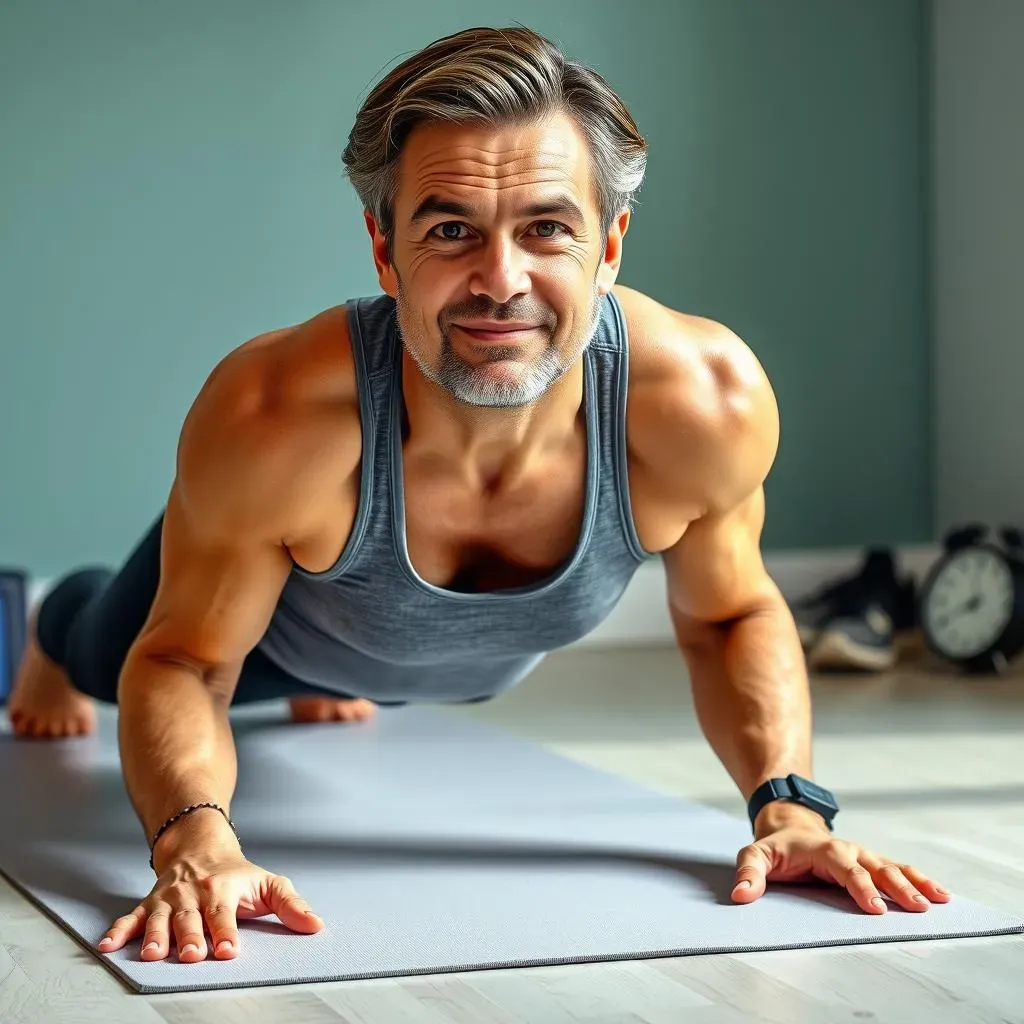
Getting Started with Home Calisthenics: Tips and Tricks for Beginners
Setting Up Your Home Calisthenics Routine
Getting started with home calisthenics is easier than you think. The first step is to dedicate a space in your home for working out. This could be a spare room, a corner of your bedroom, or even a section of your living room. Make sure the area is clear of any breakable objects and has enough space for you to move around comfortably. Investing in a good quality yoga mat is also a good idea, as it will provide the necessary grip and cushioning for your joints.
Before you begin, it's essential to set realistic goals and track your progress. Start by committing to a regular workout schedule, ideally 2-3 times a week, with at least one day of rest in between. You can find plenty of calisthenics routines online, but it's crucial to start with beginner-friendly exercises and gradually increase the intensity and difficulty as you progress. Listening to your body and only doing what feels comfortable is also vital to avoid injuries.
Workout Frequency | Rest Days | Progress Tracking |
|---|---|---|
2-3 times a week | At least one day | Take progress photos, measurements, and track workouts |
- Start with 10-15 minute workouts and gradually increase duration
- Focus on proper form and technique over the number of repetitions
- Stay hydrated throughout your workout and refuel with a balanced diet
Essential Exercises for Beginners
As a beginner, it's best to start with simple yet effective exercises that target major muscle groups. Squats, push-ups, lunges, and planks are excellent starting points. These exercises will help you build a strong foundation, improve your coordination, and increase your overall strength. Remember to begin with modified versions of these exercises if you're new to calisthenics. For example, you can start with knee push-ups instead of traditional push-ups or half squats until you build up the strength for full squats.
Another crucial aspect of calisthenics is warm-up routines. A proper warm-up can prevent injuries and prepare your muscles for the upcoming workout. Jumping jacks, leg swings, and arm circles are great ways to get your blood flowing and your muscles ready. Cooling down after your workout is also important, as it helps prevent soreness and improves flexibility. Static stretches for your major muscle groups, such as hamstrings, quadriceps, and chest muscles, should be held for 20-30 seconds each.
Exercise | Description | Benefits |
|---|---|---|
Squats | Works legs, glutes, and core | Builds strength and endurance |
Push-ups | Targets chest, shoulders, and triceps | Improves upper body strength |
Plank | Engages core, improves posture | Enhances stability and balance |
- Start slow and increase intensity as you build strength
- Listen to your body and rest when needed
- Stay consistent and celebrate small victories
Effective Home Calisthenics Exercises for a FullBody Workout
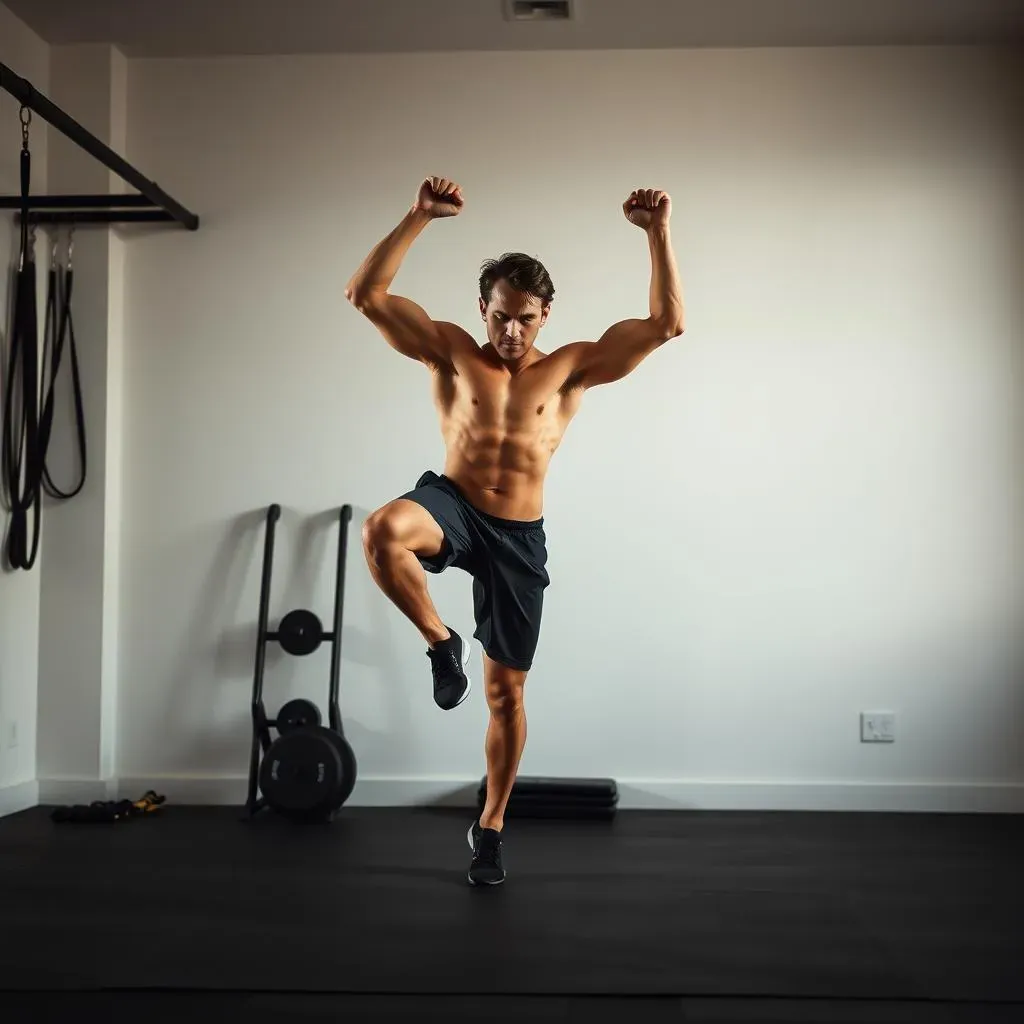
Effective Home Calisthenics Exercises for a FullBody Workout
Introduction to Full-Body Exercises
When it comes to home calisthenics, a full-body workout is essential for achieving overall fitness and strength. Unlike gym workouts that often isolate specific muscle groups, calisthenics engages multiple muscles simultaneously, providing a more efficient and effective way to build strength and endurance. In this section, we'll explore some of the most effective home calisthenics exercises that target all major muscle groups, helping you achieve a balanced and lean physique.
A full-body calisthenics workout typically includes exercises that work your upper body, lower body, and core. By incorporating these exercises into your routine, you'll not only improve your physical appearance but also enhance your functional strength, making everyday activities easier and less strenuous. Remember to always start with modified versions of these exercises and gradually increase the intensity as you build strength and confidence.
Exercise | Targeted Muscle Groups | Benefits |
|---|---|---|
Burpees | Full body (legs, core, arms) | Improves cardiovascular endurance and burns calories |
Mountain Climbers | Core, legs, and arms | Enhances agility, coordination, and boosts metabolism |
Squat Thrusters | Legs, glutes, and core | Builds explosive power and strength |
Upper Body Exercises
Upper body strength is crucial for overall fitness and is often a focal point in calisthenics workouts. Exercises like push-ups, pull-ups, and dips are staples for building strong arms, shoulders, and chest muscles. For those without access to a pull-up bar, there are modified versions such as assisted pull-ups or bodyweight rows that can be done using a towel or resistance band.
- Push-ups: Targets chest, shoulders, and triceps
- Pull-ups: Works back, arms, and shoulders
- Dips (using a chair or bench): Targets triceps and chest
Lower Body Exercises
Lower body exercises are just as important as upper body workouts, as they provide the foundation and stability needed for everyday activities. Squats, lunges, and calf raises are excellent for building strong legs and glutes. These exercises also improve balance and coordination, reducing the risk of injuries.
Exercise | Targeted Muscle Groups | Benefits |
|---|---|---|
Squats | Legs, glutes, and core | Builds strength, endurance, and improves balance |
Lunges | Legs, glutes, and core | Enhances balance, coordination, and strengthens legs |
Calf Raises | Calf muscles | Improves ankle strength and overall lower body stability |
Core Exercises
A strong core is the cornerstone of calisthenics, providing the stability and balance necessary for advanced movements. Planks, Russian twists, and leg raises are excellent exercises for strengthening your core muscles. Remember to engage your core throughout each exercise to maximize the effectiveness of your workout.
- Plank: Targets core, improves posture and stability
- Russian twists: Works obliques and improves rotational strength
- Leg raises: Targets lower abs and improves flexibility
Customizing Your Home Calisthenics Routine for Optimal Results
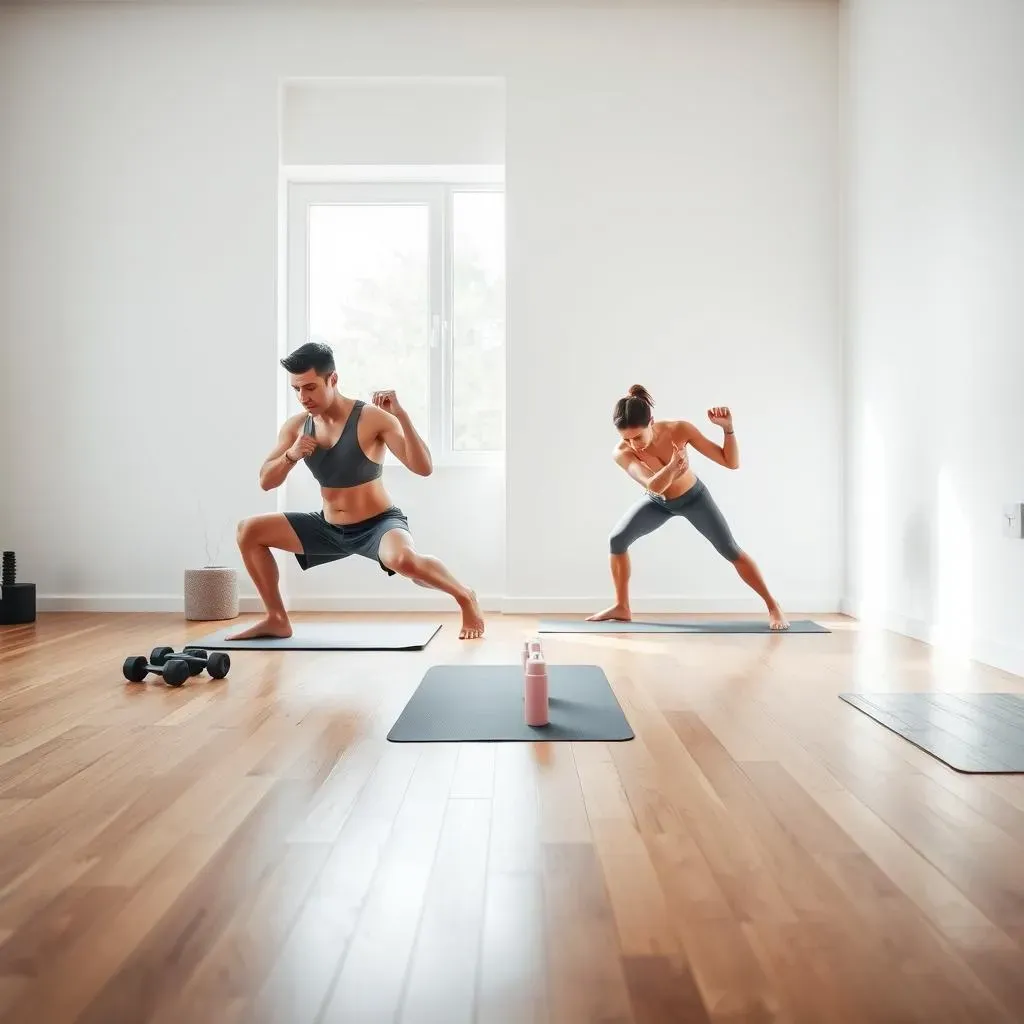
Customizing Your Home Calisthenics Routine for Optimal Results
Understanding Your Fitness Goals and Needs
Customizing your home calisthenics routine is crucial for achieving optimal results. It's essential to understand your fitness goals and needs to create a routine that suits you best. Are you looking to build strength, increase endurance, or lose weight? Identifying your goals will help you focus on the exercises and workouts that will yield the best results. Additionally, consider your current fitness level, any physical limitations, and the amount of time you can dedicate to working out each week.
For example, if you're a beginner, you may want to start with shorter workouts and gradually increase the duration and intensity as you build strength and endurance. On the other hand, if you're more advanced, you may want to incorporate more challenging exercises and increase the frequency of your workouts. Listening to your body and adjusting your routine accordingly is also vital to avoid injuries and prevent burnout.
Fitness Goal | Recommended Exercises | Workout Frequency |
|---|---|---|
Strength Building | Squats, push-ups, lunges | 3-4 times a week |
Endurance | Jumping jacks, burpees, mountain climbers | 4-5 times a week |
Weight Loss | High-intensity interval training (HIIT) incorporating burpees, jump squats, etc. | 5-6 times a week |
Creating a Balanced Routine
A well-rounded home calisthenics routine should include a mix of exercises that target all major muscle groups, including the upper body, lower body, and core. It's essential to balance your workouts to avoid overtraining certain areas and to ensure overall physical development. For instance, if you're focusing on upper body one day, make sure to target your lower body the next. Incorporating core exercises into each workout is also crucial for stability and overall strength.
A typical workout routine might include 2-3 sets of 8-12 repetitions for each exercise. Warm-up routines and cool-down stretches are also vital for preventing injuries and improving flexibility. Remember to stay hydrated throughout your workout and refuel with a balanced diet to support muscle growth and recovery.
- Upper Body: push-ups, pull-ups, dips
- Lower Body: squats, lunges, calf raises
- Core: planks, Russian twists, leg raises
Progressive Overload and Variations
To continue making progress and avoiding plateaus, it's essential to incorporate progressive overload into your home calisthenics routine. This can be achieved by increasing the number of repetitions, sets, or difficulty of exercises over time. For example, once you can perform 12 squats with ease, try adding more depth or explosive power to challenge yourself further.
Varying your exercises is also important to avoid boredom and prevent overuse injuries. Try substituting squats with sumo squats or pistols, or push-ups with diamond or decline push-ups. This not only keeps your workouts interesting but also ensures that you're targeting your muscles from different angles, leading to more balanced development.
Exercise | Progressive Overload | Variations |
|---|---|---|
Squats | Increase depth, add pauses, or explosive jumps | Sumo squats, pistols, or single-leg squats |
Push-ups | Increase repetitions, add claps or diamond push-ups | Decline push-ups, incline push-ups, or archer push-ups |
Lunges | Increase distance, add weights, or explosive jumps | Walking lunges, side lunges, or curtsy lunges |
Embracing the Power of Home Calisthenics
In conclusion, home calisthenics is a powerful tool for achieving overall fitness and wellness. By incorporating these exercises into your daily routine, you can improve your strength, flexibility, and coordination, all from the comfort of your own home. Whether you're a fitness enthusiast or just starting out, home calisthenics offers a versatile and effective way to reach your goals. Remember, the key to success lies in consistency, patience, and gradual progression. Start with simple exercises, challenge yourself with more advanced movements, and celebrate your progress along the way. With home calisthenics, you'll be on your way to a stronger, healthier you. Visit calisthenicsfrance.com for more fitness tips and guidance on your calisthenics journey.
